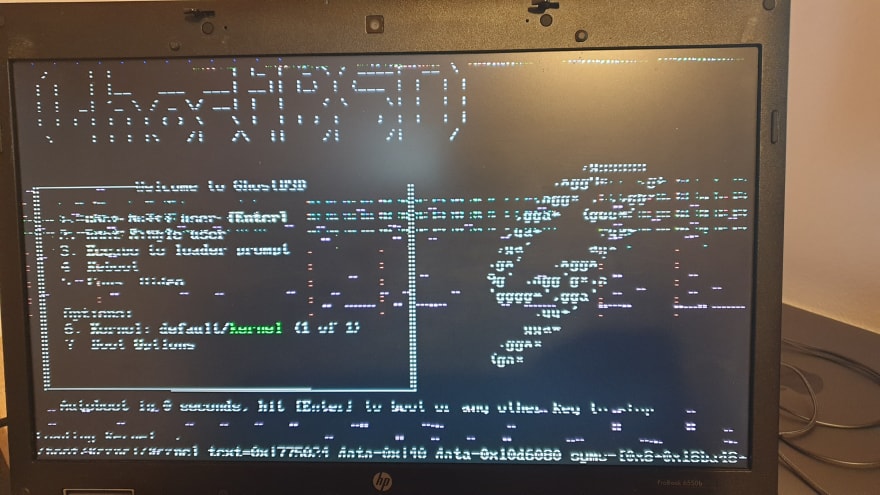I know this is not a topic exactly for this platform, on the other hand, why do not extends our wisdom. I got an idea to test a couple of not common Desktop class operating systems to find if there is some other alternative to let's say big three (Windows, Mac OS, and GNU/Linux). As a daily user of GNU/Linux (currently Elementary OS, but planning to give chance to Manjaro) and Mac OS (on my work laptop) I am pretty happy, but since I have one older spare laptop I told to myself, why do not explore what is outside.
My testing machine HP ProBook 6550b:
- Intel Core i5 M450 4x 2.4GHz
- GPU ATI Mobility Radeon HD 540v
- 8 GB RAM
- 80 GB HDD (no SSD)
GhostBSD
The first episode had to be about GhostBSD (https://www.ghostbsd.org/) which is a BSD system based on the FreeBSD project (https://www.freebsd.org/) which is a more general-purpose operating system mostly used on server applications, with pre-configured desktop and apps. I download an ISO image and put it on a flash drive, but stuck in the boot process where I always end it up with a broken picture. ( Since my plan is to test operating systems from an end-user perspective, I did spend just a couple of minutes trying to figure out the problem without success so testing of GhostBSD failed for me.
Since my plan is to test operating systems from an end-user perspective, I did spend just a couple of minutes trying to figure out the problem without success so testing of GhostBSD failed for me.
NomadBSD
But to give chance to BSD family I tried another desktop-ready system called NomadBSD (https://nomadbsd.org/). This operating system is presented as a live system with a desktop and my understanding was at the beginning that I can also install the system to a hard drive. Unfortunately, after some investigation, I found that is not true. You "install" the system just on a flash drive, but still, I was interested in this system anyway.
So, I loaded the image from the website into my flash drive and boot the system. In this case, the system loads into a graphical interface with the installation wizard. I go through the wizard and in the end, it asked me to reboot the system. Sadly, after reboot, I end up with the same wizard, but this time it failed at the end since the file system was already created.
When I quit the installer I ended up with an empty screen with wallpaper and no panel or dock (as I was on screenshots on the project website). Since it is Openbox window manager, by right click on the mouse I was able to see the application menu, where I can start plank (dock) and tint2 (panel).
Overall, this experience also does not match my expectations. As live image for example some issue, why not but definitely not as a daily desktop OS.
Conslusion
For the firsts episode of my epic testing saga, I have to say, that this was not too happy. Some can argue that I skipped FreeBSD itself, but this is not a desktop-oriented system, rather a general-purpose OS. I tested it in past and with their excellent handbook, I was able to set up the whole desktop-ready experience quite well, but in this saga, I am looking for out-of-the-box systems.
For the next episode, I pick up ReactOS. Stay tuned.





Top comments (0)